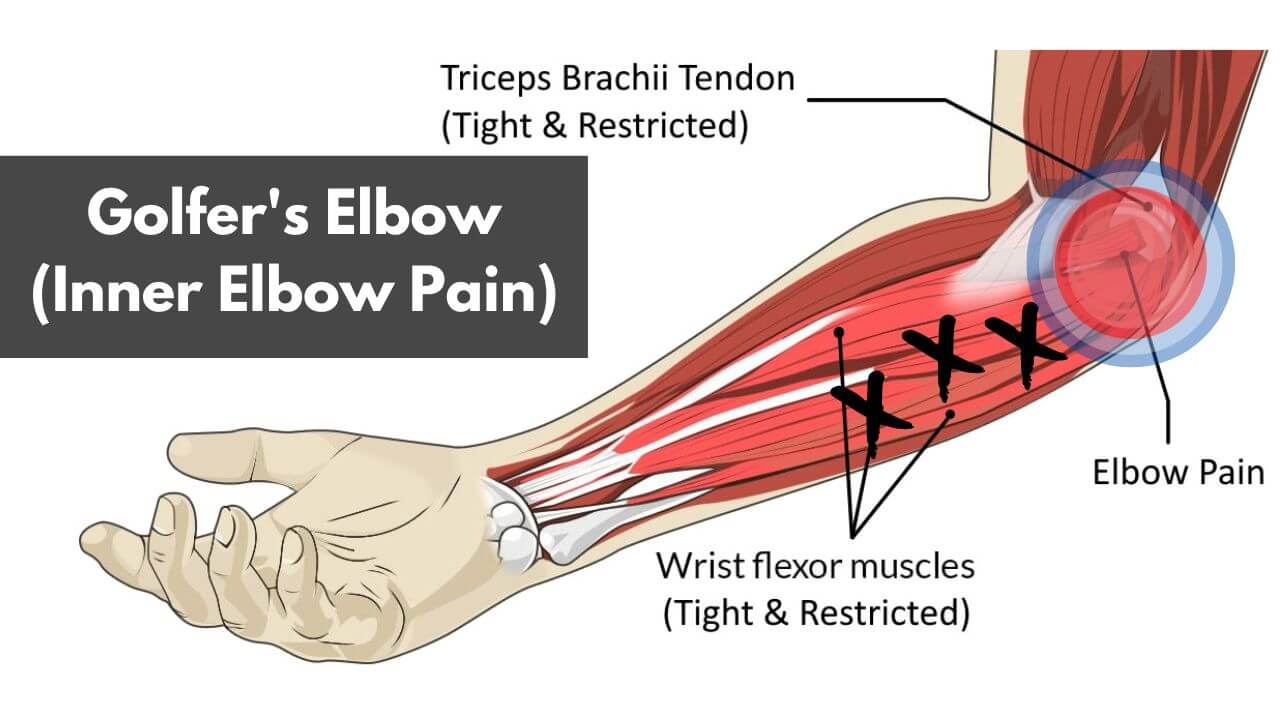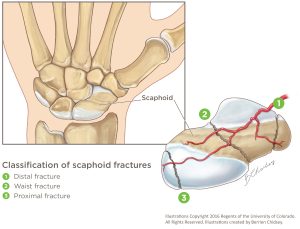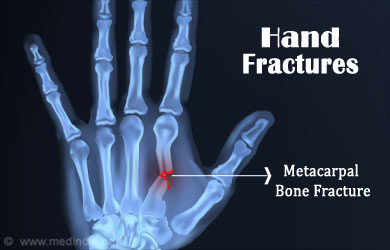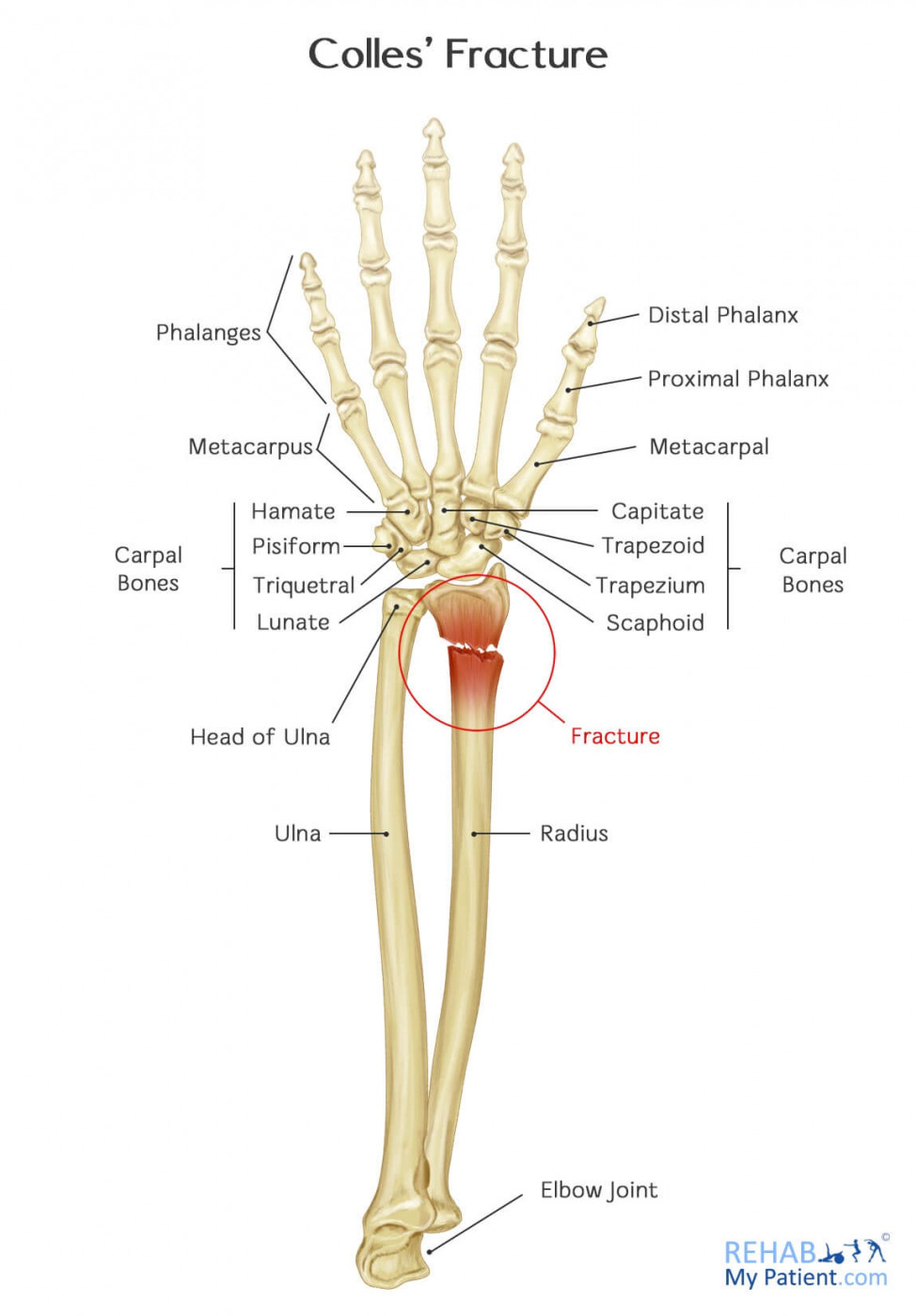Colles fractures usually occur after a fall on an outstretched hand. When you reach your hand out to
catch yourself in a fall, you might land on the small bones that make up your hand and wrist —
especially two bones called the lunate and scaphoid. This contact transfers energy to your radius, one
of your two arm bones. The end of the radius near your wrist, called the dorsal end, breaks. This
fracture, which typically happens about an inch away from the end of your radius, causes the broken
bone to tilt upward.
Women aged 60 and older with osteoporosis are most likely to get a Colles fracture from a fall.
Osteoporosis is a disease that weakens your bones. You might have osteoporosis and not know it,
because the disease is often painless. Speak with your healthcare provider about treatments and
prevention for osteoporosis.





















